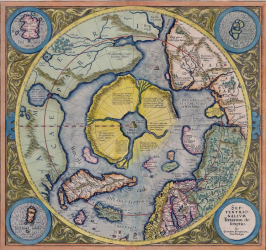Robert Sepehr – Lilith and the Sacred Serpent
Terence McKenna – The Tree Of Knowledge – [COMPLETE 10 HOUR TALK]
Helena Blavatsky – The Secret Doctrine
https://youtu.be/lcU1JdbZjJg
https://youtu.be/ldJeWL02dUY
Viktor Schauberger – Living Water and Energies
Santos Bonacci – Secrets of Saturn




